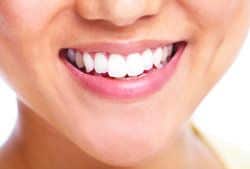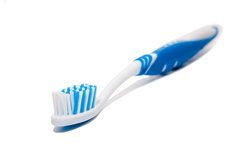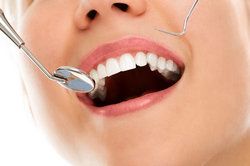The Ideal Candidates for Porcelain Veneers Treatment
by Robert Rapisarda
Getting a smile that looks its very best has been made a whole lot easier thanks to modern cosmetic dentistry. By meeting with a cosmetic dentist, you can have stains, chips, cracks, and major flaws easily addressed simply through the use of new techniques and technologies.
One of the most popular options to consider for various aesthetic flaws is porcelain veneers. Let’s take a moment to consider candidacy for porcelain veneers and what that entails.
About Porcelain Veneers
Porcelain veneers are thin shells of dental ceramic that are specially designed to mask flaws on the teeth. They are placed directly onto the front part of a patient’s tooth. When in place, the porcelain veneers blend in seamlessly with the patient’s smile.
The secret is their composition. Porcelain veneers are semi-translucent, which means that light partially passes through them just as they would your normal teeth. Whether you are under natural light or artificial light, few will realize that you have porcelain veneers in place.
General Candidates for Porcelain Veneers
Porcelain veneers are ideal for different kinds of aesthetic flaws that affect your smile. It’s important that patients be in otherwise good dental health and not suffer from any dental health issues that affect the overall structure or integrity of the tooth or teeth. Patients need to have realistic expectations about the treatment process.
As you will note below, porcelain veneers are a versatile solution for many different dental problems.
Porcelain Veneers for Patients with Tooth Discoloration
If you have teeth that are stained or discolored in any way, porcelain veneers are an excellent option to consider. Veneers are generally more ideal than teeth whitening if the stains originate from the inside of the tooth or are especially deep set.
Porcelain Veneers for Patients with Tooth Damage
Minor tooth damage such as chips and cracks can easily be treated thanks to porcelain veneers. Veneers offer greater aesthetic benefits than tooth bonding, though more serious chips and cracks would be better treated with a dental crown or another type of restoration.
Porcelain Veneers for Patients with Aesthetic Orthodontic Flaws
Porcelain veneers have earned the nickname “instant orthodontics” with good reason. A number of cosmetic flaws related to spacing and alignment can be treated thanks to porcelain veneers. This means gaps, asymmetries, unevenness, and so on. Braces may not be necessary thanks to instant orthodontics.
Total Smile Makeovers Using Porcelain Veneers
Given how versatile porcelain veneers are, they are actually ideal for patients who suffer from many different kinds of aesthetic flaws of their smile. Sometimes an entire smile makeover can be achieved simply through the use of porcelain veneers. During the consultation process, Dr. Rapisarda will be sure to carefully customize your smile makeover to meet your needs.
Learn More About Porcelain Dental Veneers
If you would like more information about porcelain veneers and your many other options available for advanced dental care, be sure to contact our cosmetic and restorative dentistry practice in Barre, MA today. Dr. Robert Rapisarda and his entire team look forward to meeting you in person and helping you achieve the very best with regard to your dental health and wellness.
The Ideal Candidates for Porcelain Veneers Treatment Read More »








 Many dental patients can recall at least one bad experience at the dentist office. Perhaps the drill hit too close to a nerve during a routine teeth cleaning, or the sound of the drill made the experience more unpleasant.
Many dental patients can recall at least one bad experience at the dentist office. Perhaps the drill hit too close to a nerve during a routine teeth cleaning, or the sound of the drill made the experience more unpleasant.

